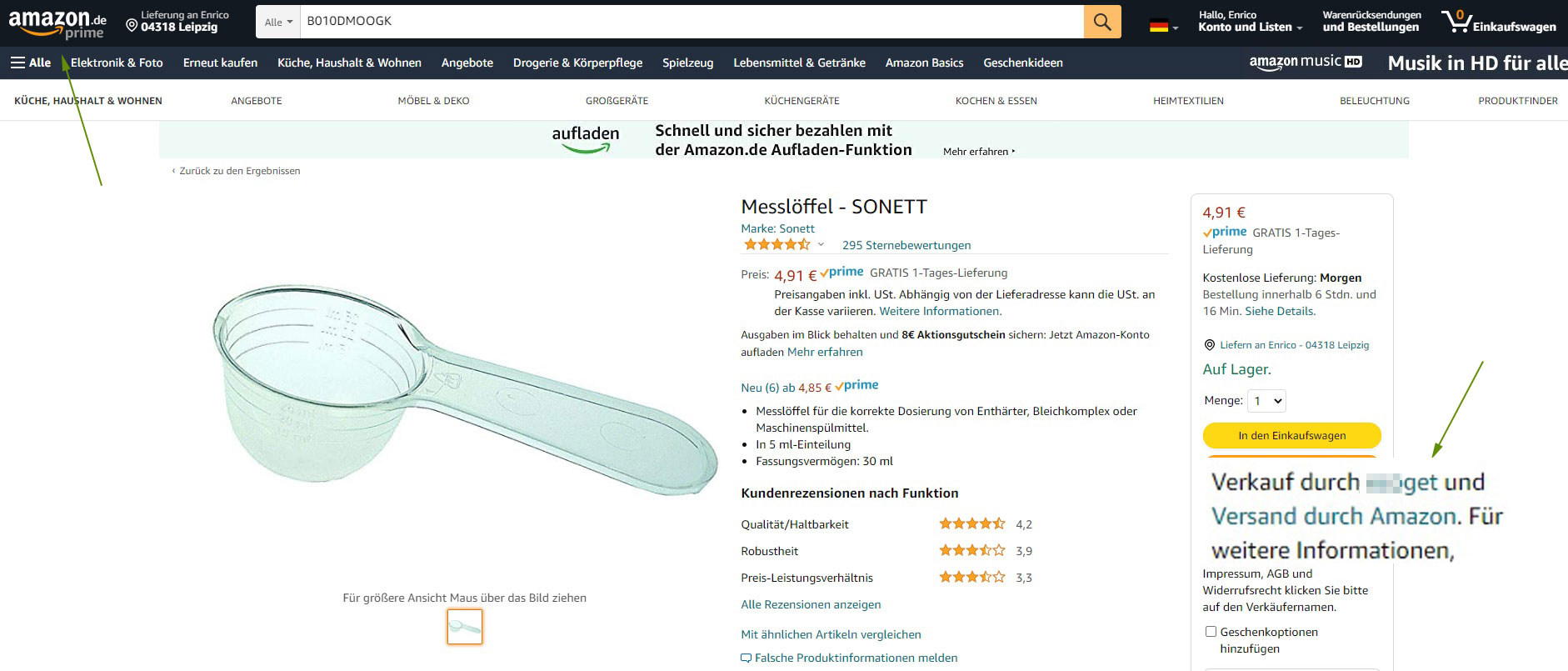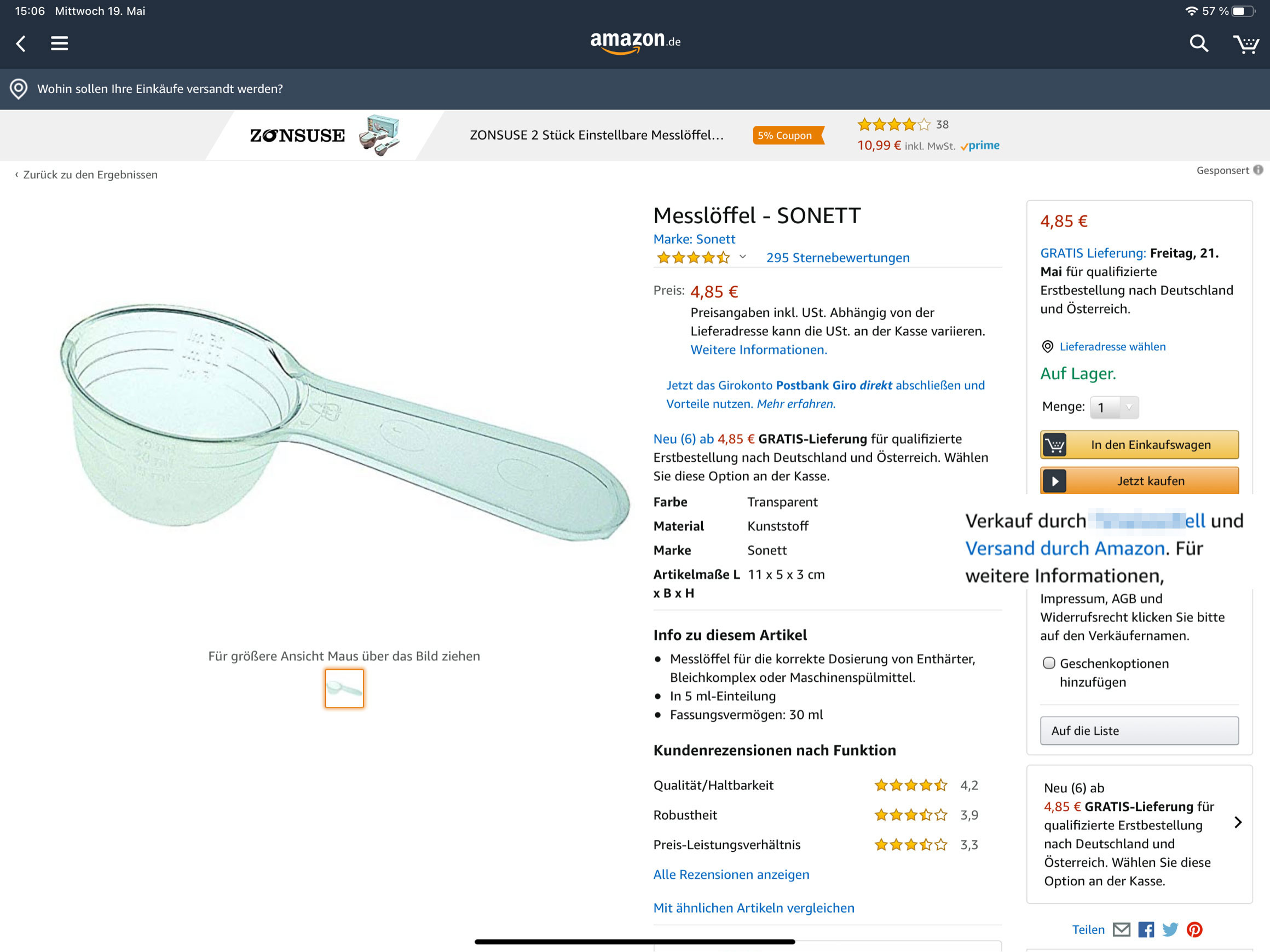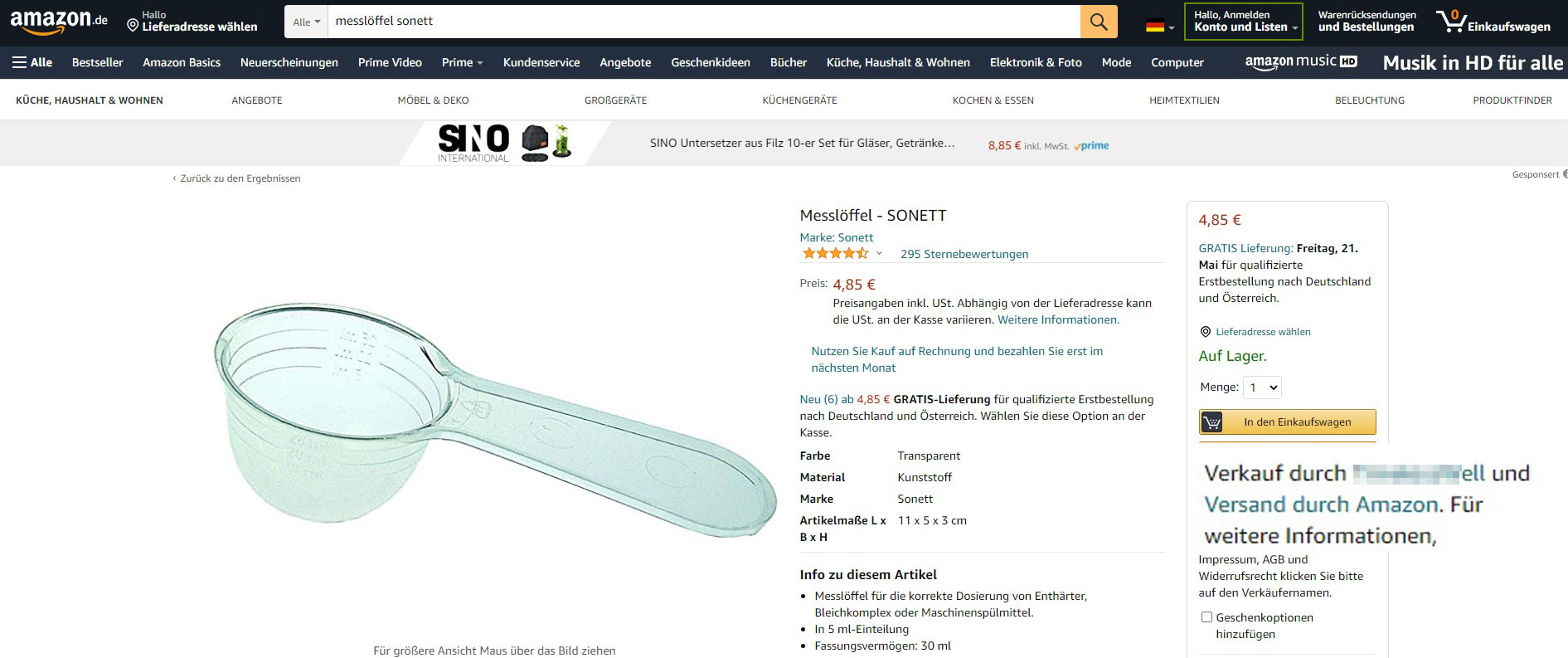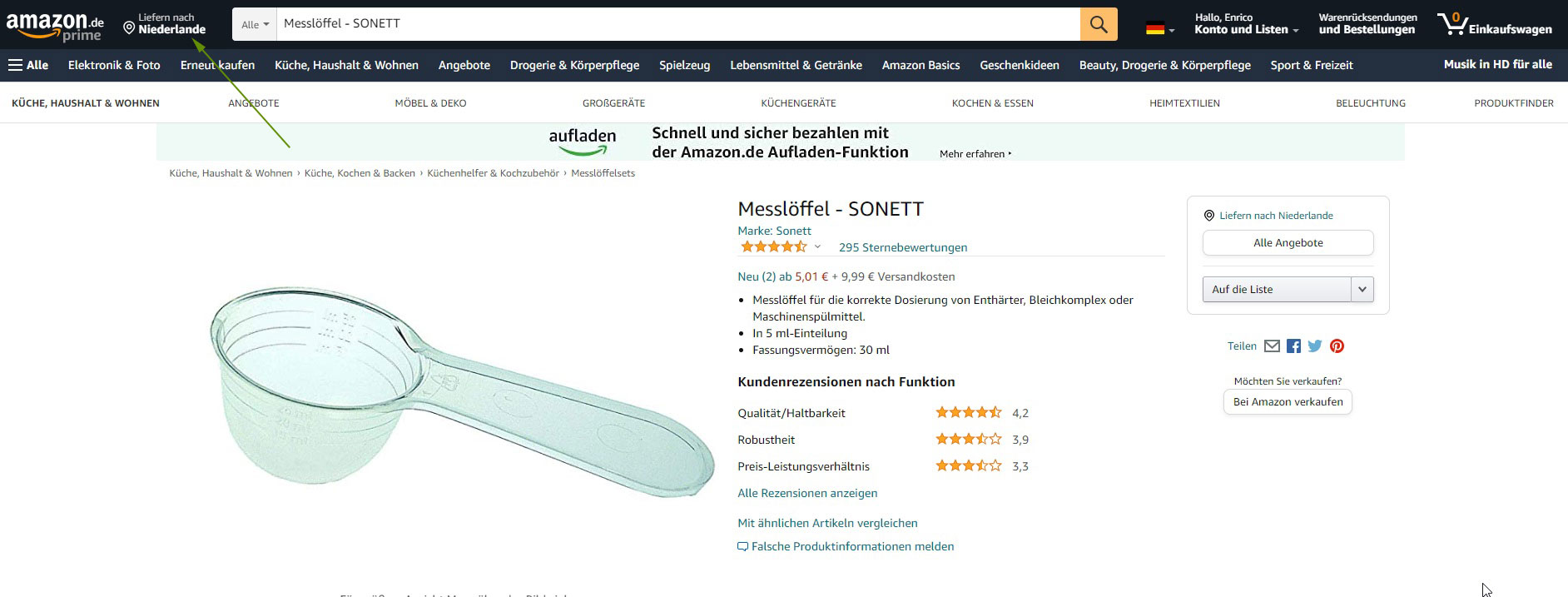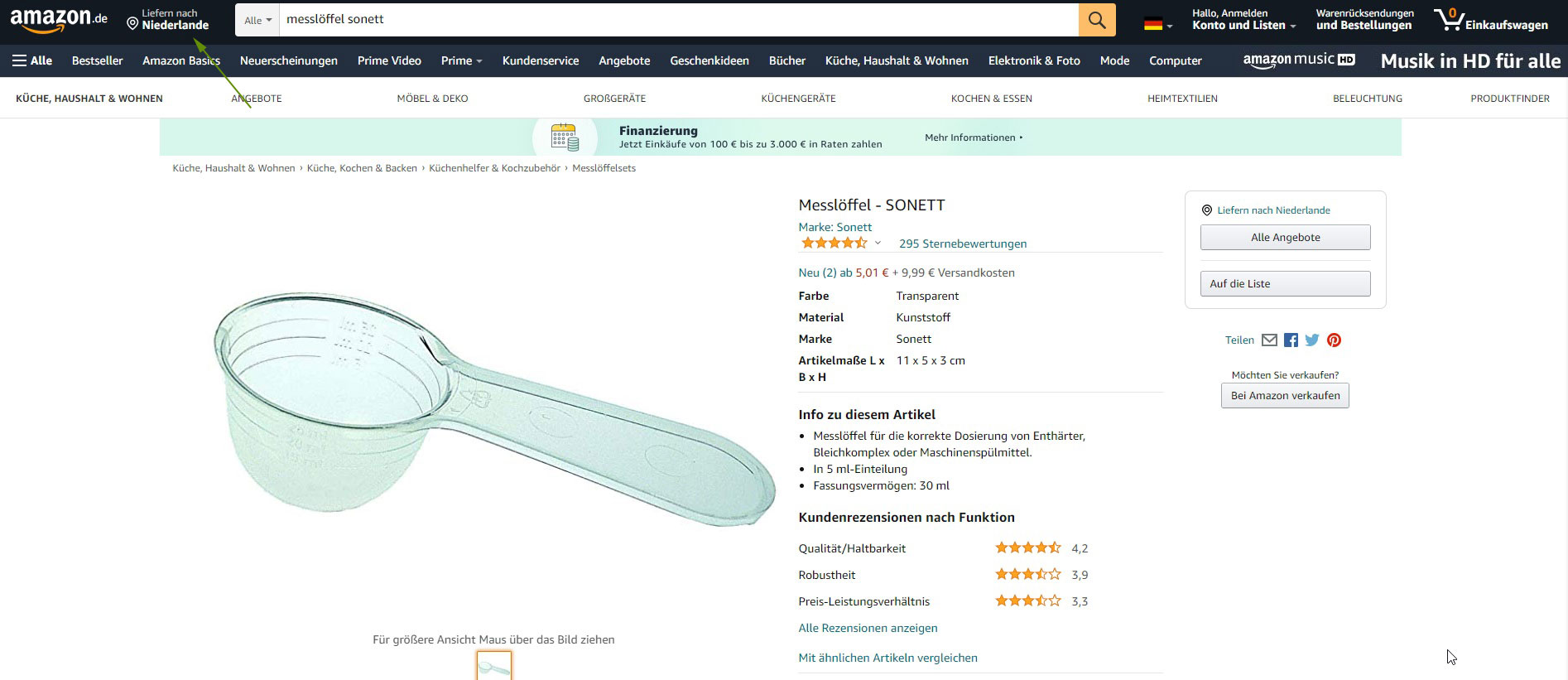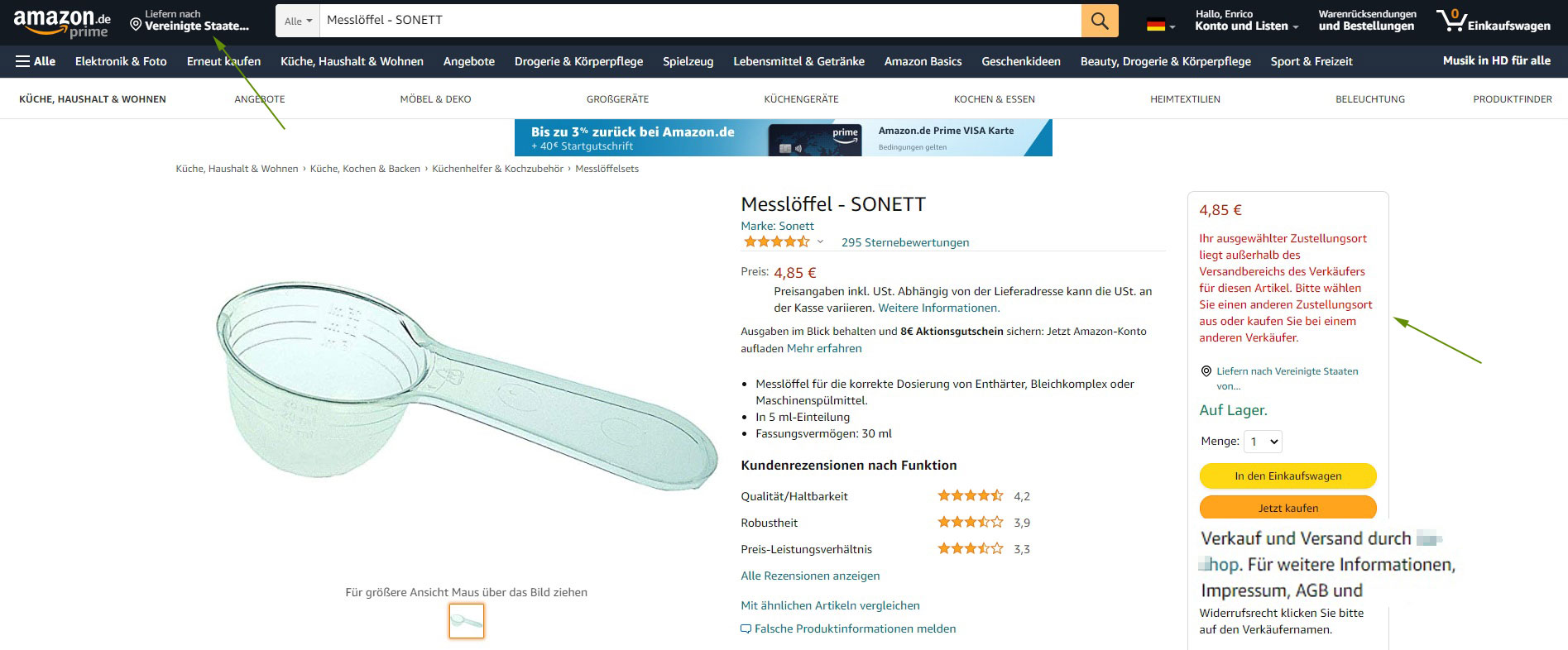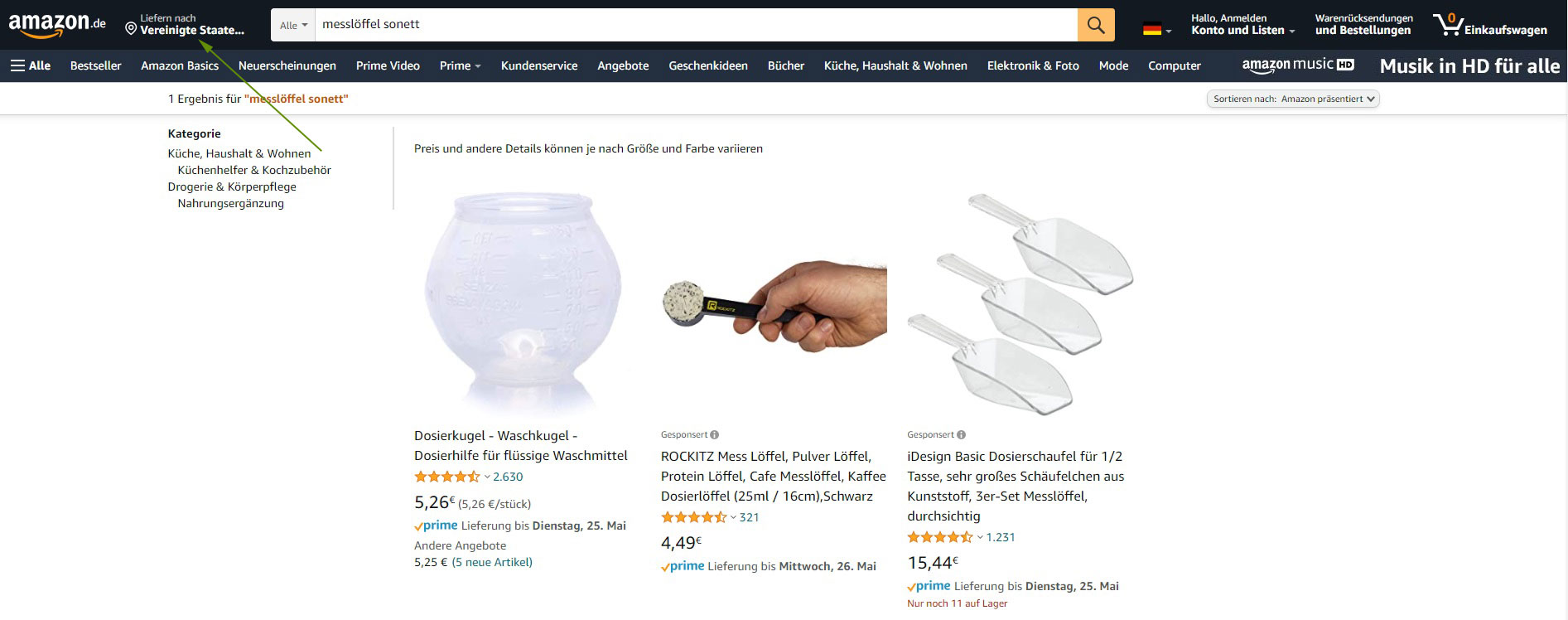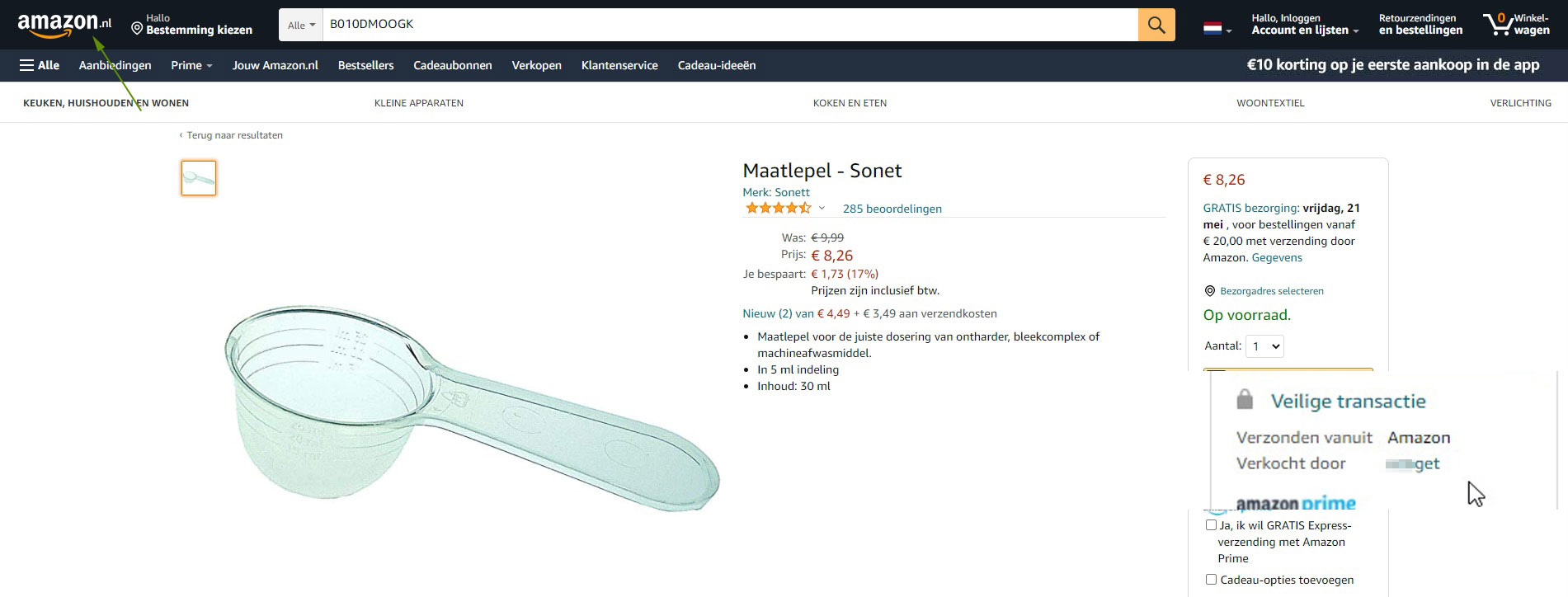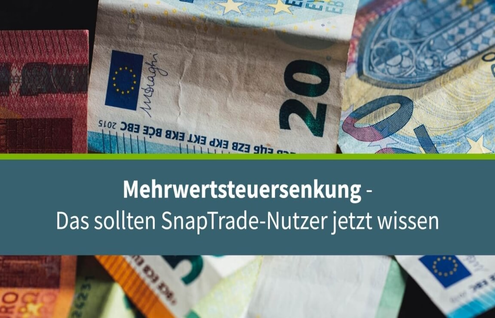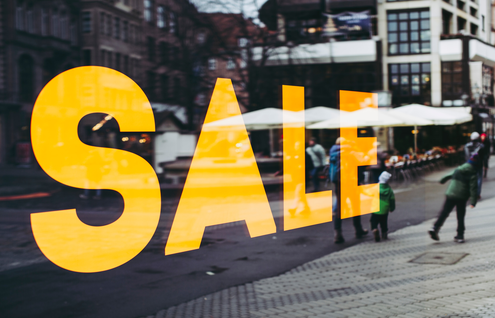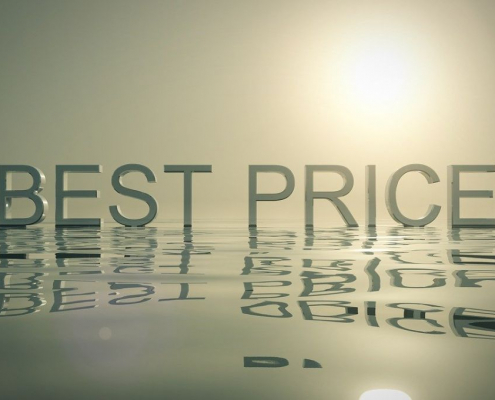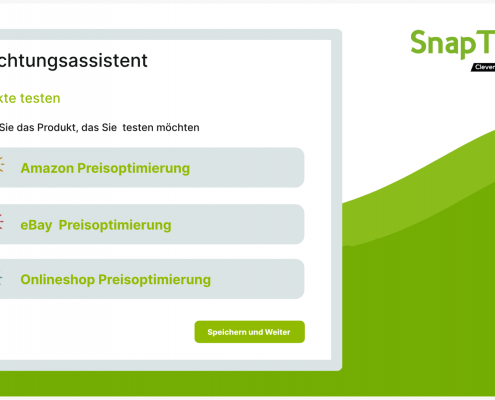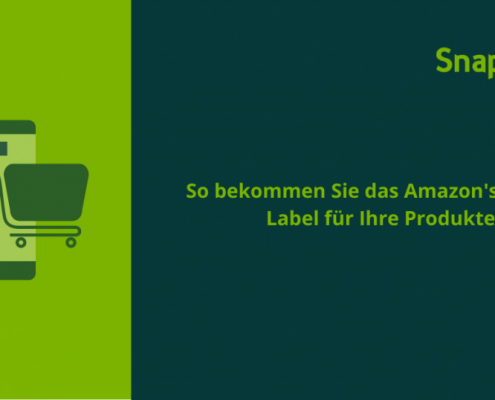Last updated on 21.08.2025
The Buybox Experiment: How are shopping baskets assigned at Amazon?

When it comes to the allocation of shopping carts, the giant Amazon is a book with seven seals. It is not known which criteria retailers have to meet in order to land in the BuyBox of potential customers. However, we have started a small self-experiment in this regard and examined in more detail which retailers win the BuyBox in which scenarios and receive exciting impressions. More on this in this post.
What is the Amazon BuyBox?
Before we go into detail with our little experiment, we should clarify what the BuyBox actually is. This term is understood to mean an automatic link between the seller of a product and the “Add to cart” button on the product page. The winner of the BuyBox is, so to speak, pre-selected for the purchase. Since most customers do not check the offers of the other dealers before making a purchase, industry estimates assume that 9 out of 10 sales are generated through dealers who hold the BuyBox. It would therefore by no means be an exaggeration to claim that it is the foundation for a successful Amazon business.
Reading tip: You can get even more detailed information about the Amazon BuyBox in this post .
What is the BuyBox Experiment about?
In our BuyBox experiment, we want to find out to which retailers the shopping cart is allocated under various conditions and when this changes. This should give us inferences about how Amazon distributes its shopping carts without us actually being able to look behind the scenes of the marketplace. To do this, we always search the marketplace for the same product. The search is based on these criteria:
- Customer status (Prime customer, normal account or not logged in)
- Shipping abroad
- Amazon domain
Note: In order to protect the interests of the dealers shown in the experiment, we have made their names unrecognizable except for the last 3 characters. That should be enough to prove that the BuyBox was given to another company.
The product: a simple measuring spoon
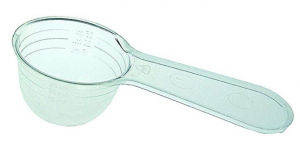 A simple product that is sold by various retailers on Amazon should serve as a test object. This is the SONETT measuring spoon, which at the time of the test is being sold for prices between EUR 4.85 and EUR 6.05, depending on the provider. The following ASIN applies to this product: B010DMOOGK
A simple product that is sold by various retailers on Amazon should serve as a test object. This is the SONETT measuring spoon, which at the time of the test is being sold for prices between EUR 4.85 and EUR 6.05, depending on the provider. The following ASIN applies to this product: B010DMOOGK
Customer status: Do Prime users receive different offers than “normal” customers?
Customers with a paid Amazon Prime subscription receive many advantages, for example free Prime delivery for various products and access to the Prime Video streaming service. But do other retailers end up in the BuyBox with Prime users? Yes!
We log in with a Prime Account, this can be recognized by the logo in the top left. The name of the retailer who can win the BuyBox ends with “get”.
This fact becomes interesting when you take a closer look at the salespeople. At 4.91 euros, “get” is not the best price. Another competitor undercuts this by six cents. However, “get” can offer Prime customers a free 1-day delivery. For the runner-up, our measuring spoon wouldn’t be there until a day later.
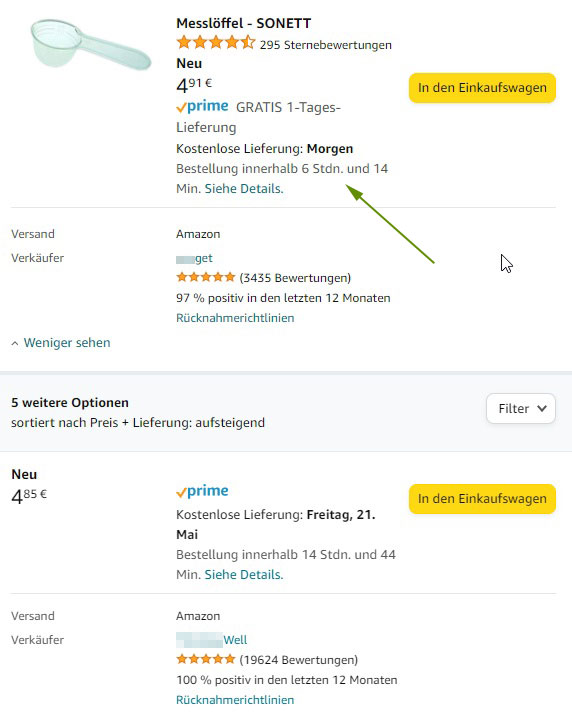
Conclusion: A fast delivery time may beat the price! A finding that should be of interest to many retailers.
What does it look like for non-Prime customers? We’re logging into another device with an account that doesn’t have Prime status.
This time the winner of the BuyBox is different, the company name ends with “ell”. The same thing happens when we access amazon.de and search for our product without being logged in.
Conclusion: “Get” can only exploit the advantage of its free 1-day delivery to Prime customers and only ends up in the BuyBox with this customer group. Bargain hunters should look twice when shopping on the marketplace, because the pre-selected offer is not always the cheapest.
Reading tip: This example shows that the lowest price doesn’t always have to be the best. So read everything you need to know about the art of correct pricing strategy .
Shipping abroad
Shipping to other countries is associated with a not inconsiderable logistical effort for the retailer. Our assumption was therefore that the target country also has an influence on the BuyBox. That is also the case.
Annotation: At least in our test run, normal and non-logged-in users were always treated the same and the same dealers were preselected by the system. We therefore refrain from differentiating these two customer groups in the following and only consider prime users and users who are not logged in.
Netherlands
We set the Netherlands as the destination country for our delivery and after our search we can choose between two providers. However, there is no winner of the BuyBox, neither for Prime customers nor for customers who are not logged in.
Prime:
Not logged in:
If you take a closer look at these two salespeople, this result also becomes really interesting. There is at least one clear winner when it comes to price. At EUR 5.04, “odz” is significantly cheaper than “eoo” for EUR 6.06 and also offers inexpensive delivery (EUR 9.99 vs. EUR 12.96). However, the order may reach us three days earlier if we buy from “eoo”. Since this is a considerable period of time in times of express shipping, but the price differences are also not insignificant, Amazon apparently does not award a BuyBox in this case.
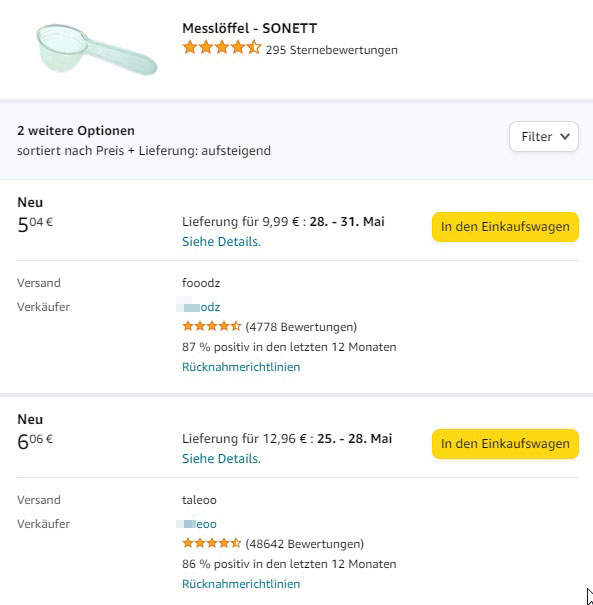
Conclusion: The wild card of faster delivery doesn’t always stand out when prices differ significantly.
United States
Now we want to know more about it and see what happens when we send our measuring spoon to the USA. Unfortunately, the result does not contribute to any knowledge about the Amazon BuyBox, but it is still interesting.
If we log in with our Prime account and set the destination country to the United States, a dealer who cannot deliver to the country wins the BuyBox. Amazon asks us to choose another seller, which can be read in red text.
If we are not logged in, the product cannot be found. Instead, alternative products are displayed.
It could now be argued about what makes more sense from the customer’s point of view: If a retailer wins the BuyBox who cannot deliver the product or if it does not even appear in the search. Probably the latter.
Amazon domain
There is no one Amazon Marketplace. Instead, the company is divided into several domains (e.g. .de, .it, .fr, .nl). Our spoon is also listed on amazon.nl. If we enter the ASIN there, we find that a trader mentioned above, “get”, wins the BuyBox.
“Get” offers free delivery on amazon.nl. The retailer has obviously added the additional effort in terms of delivery costs to the product price. This results in a price of 8.26 euros. As a reminder: Within Germany, the product was sold by the same dealer for 4.91 euros.
A look at the salespeople shows that this is a very good strategy. Despite free delivery, “get” is still more expensive than the second-placed retailer “eoo” (4.49 + 3.49 = € 7.98). In addition, the product will only be shipped with a minimum order value of EUR 20.00. We find out if we translate the following sub-clause:
“Before ordering from € 20.00 with delivery from Amazon.”
Means something like:
“For orders of € 20.00 or more with Fulfillment by Amazon.”
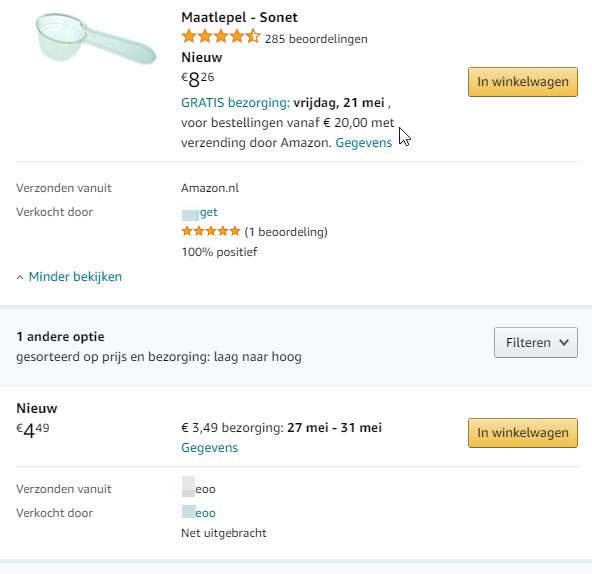
Conclusion: The free delivery proves again to be a powerful tool for winning the BuyBox. In this case, the shopping cart is not allocated in the interests of the customer, as the customer has to pay a higher price and is confronted with a delivery restriction. For retailers, it could be a worthwhile strategy to integrate delivery costs into the product price and offer free delivery in return.
Closing word
With a small experiment that can be easily copied, we have learned a lot about the allocation of shopping carts. Favorable delivery terms can apparently help merchants to enforce a higher price and still win the Amazon BuyBox. It should be said that this experiment can only reflect our own impressions. We do not guarantee that the results will repeat themselves in a similar test, much less that they can be generalized.
Nevertheless, it can be worthwhile to take a look at the other sellers the next time you shop.
Increase your chances of getting the BuyBox with SnapTrade
Our BuyBox experiment has proven it: The allocation of shopping carts on Amazon is a lot, but certainly not guaranteed! With SnapTrade, our repricer for Amazon, eBay and online shops, you can automate the price optimization of your products and thus increase your chance of winning the BuyBox.

